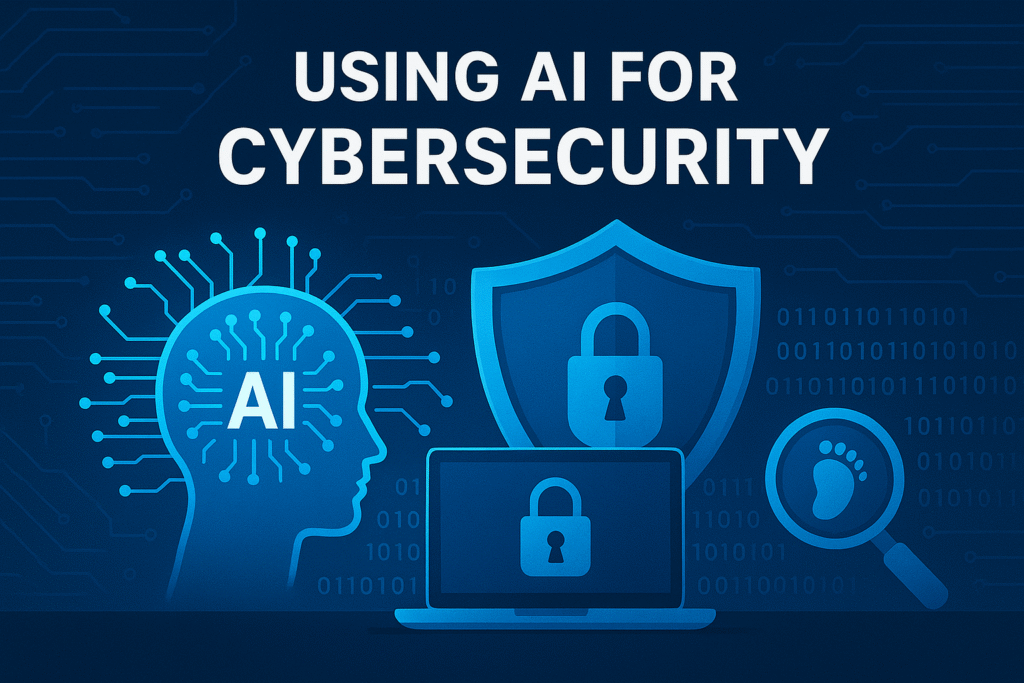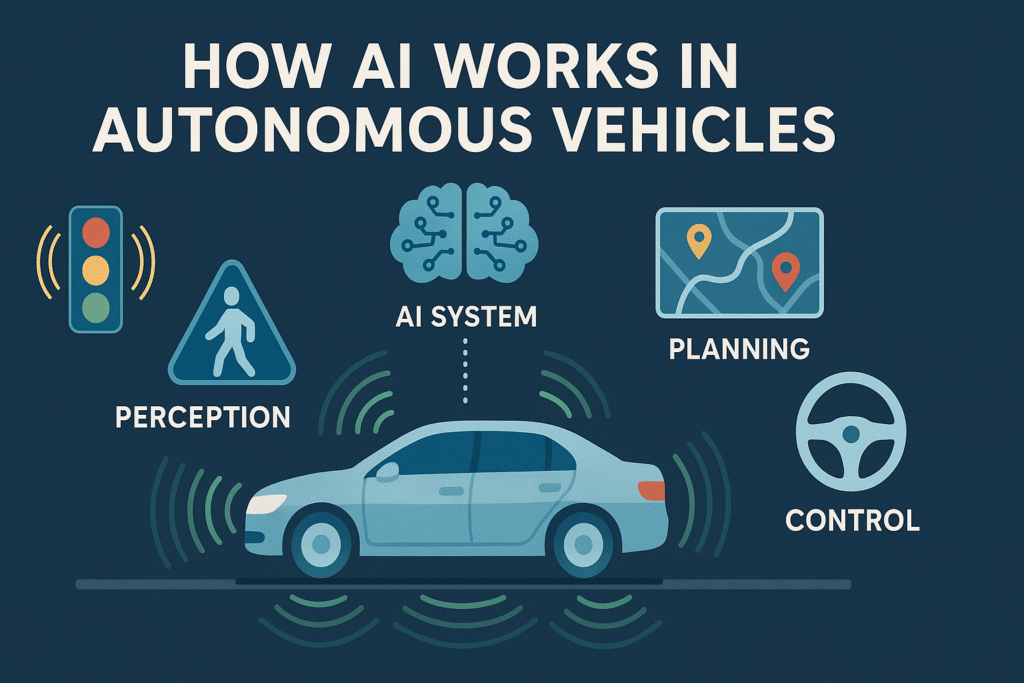🛡️ Using AI for Cybersecurity: 7 Ways AI Is Defending the Digital World in 2025
Explore how AI is used for cybersecurity in 2025. Learn 7 real-world ways artificial intelligence detects threats, stops attacks, and secures systems—by AiBlogQuest.com.
🔐 Introduction: Why AI Is Critical to Cybersecurity Today
Cyber threats are getting faster, smarter, and more complex. Traditional systems can’t keep up. That’s where artificial intelligence steps in.
Using AI for cybersecurity means:
-
Detecting threats in real time
-
Predicting cyberattacks before they happen
-
Automating responses to reduce damage
At AiBlogQuest.com, we explore how AI is revolutionizing digital defense across industries in 2025.
⚙️ How Does AI Help in Cybersecurity?
AI works by analyzing massive volumes of data from:
-
Network traffic
-
System logs
-
Emails and user behavior
It uses machine learning algorithms to:
-
Spot patterns
-
Detect anomalies
-
Stop zero-day attacks faster than any human
🧠 7 Real-World Applications of Using AI for Cybersecurity
1. 🚨 Threat Detection in Real-Time
AI monitors millions of data points to:
-
Identify suspicious behavior
-
Detect malware, ransomware, phishing attempts
-
Alert security teams instantly
✅ Used in platforms like Darktrace, CrowdStrike, and Microsoft Defender AI.
2. 🔐 Endpoint Protection
AI secures devices like:
-
Laptops
-
Mobile phones
-
IoT devices
It learns device behavior and flags anything abnormal—even offline.
✅ Examples: SentinelOne and Sophos Intercept X use AI for endpoint security.
3. 🕵️♀️ Behavioral Analytics & Insider Threat Detection
AI builds behavior profiles for users and systems. It detects:
-
Logins at odd times
-
Unusual data transfers
-
Abnormal access to sensitive files
✅ Protects against insider attacks and account takeovers.
4. 💥 AI for Phishing and Spam Filtering
AI scans emails and websites to:
-
Identify phishing attempts
-
Block malicious attachments or links
-
Train itself to detect new scam formats
✅ Used in Google’s Gmail AI filters, which block 99.9%+ of spam and phishing.
5. 🤖 Automated Incident Response
AI doesn’t just detect—it acts.
It can:
-
Quarantine infected systems
-
Block suspicious IPs
-
Revoke compromised credentials
✅ Saves hours during attacks, reducing human error.
6. 🧠 AI-Powered Vulnerability Management
AI scans code, apps, and networks to:
-
Find security flaws
-
Prioritize the most dangerous ones
-
Suggest patches or fixes
✅ Platforms like Tenable.io and Qualys AI use this to protect enterprises.
7. 🔍 Threat Intelligence & Predictive Analytics
AI gathers data from:
-
The dark web
-
Hacker forums
-
Open-source feeds
It predicts threats before they strike—especially valuable in finance, healthcare, and government.
✅ Powers proactive defense strategies for global organizations.
🔗 Useful Links
🌐 Resources
❓ FAQ – Using AI for Cybersecurity
Q1: Can AI completely prevent cyberattacks?
No system is 100% safe, but AI drastically reduces risk by detecting threats faster and responding automatically.
Q2: Is AI used in antivirus software?
Yes. Modern antivirus tools use AI and ML to detect unknown malware based on behavior—not just known signatures.
Q3: What are the risks of using AI in cybersecurity?
AI itself can be attacked (called adversarial AI), and it requires constant training on clean, trusted data.
🏁 Final Thoughts
Using AI for cybersecurity is no longer optional—it’s essential. From protecting devices to predicting cyber threats, AI is becoming the digital bodyguard of modern networks.
Explore more AI-powered solutions on AiBlogQuest.com—where smart tech meets real-world safety.
🏷️ Tags:
Using AI for Cybersecurity, AI Threat Detection, AI Cybersecurity Tools, Endpoint AI Security, AI for Phishing Protection, AiBlogQuest



